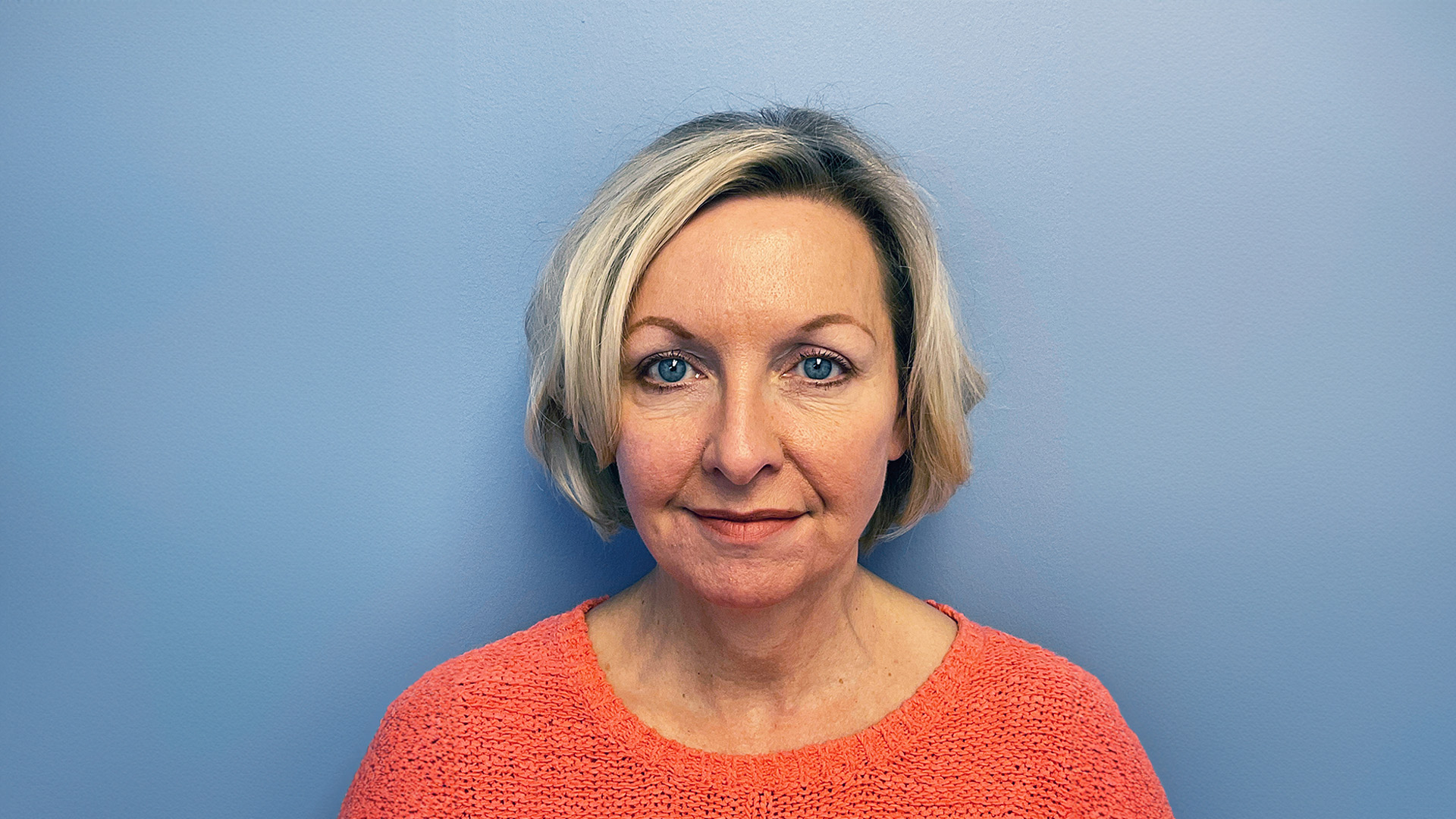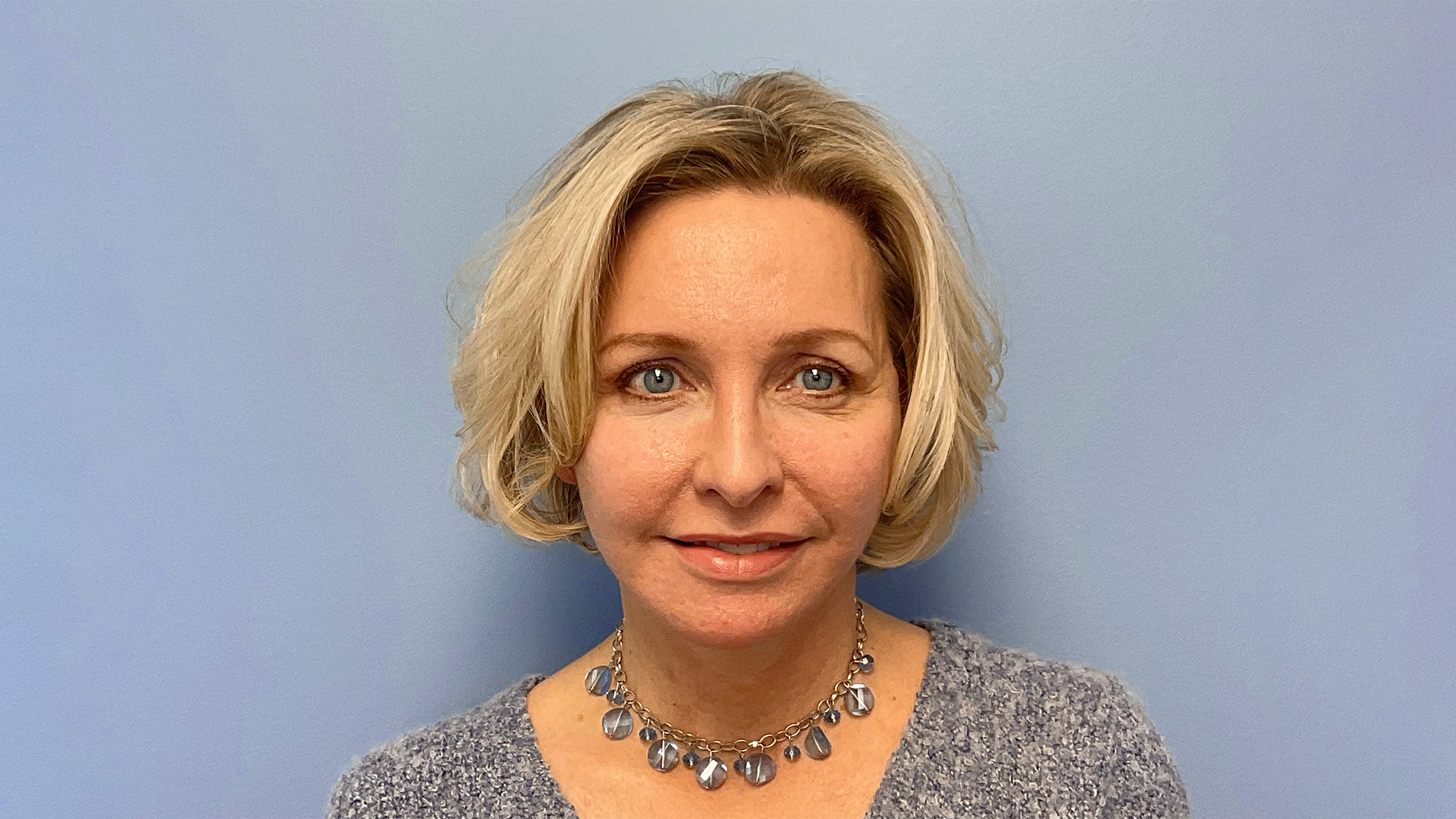Dr. Domanski’s surgical skills are complemented by his compassionate bedside manner. He got me through a scary situation, and really listened to what I had to say. A winning combination of art and science and an excellent medical practitioner..
During facelift procedure, the surgeon will make incisions in discreet locations.
Options include local anesthesia with sedation or general anesthesia.
Pain and discomfort are usually mild to moderate.
Stitches are typically removed within 7-10 days after the procedure.
A facelift, also known as rhytidectomy, is a cosmetic surgical procedure that aims to improve the visible signs of aging in the face and neck.
The procedure involves removing excess skin, tightening the underlying muscles, and repositioning the remaining skin to create a more youthful and refreshed appearance.
A facelift involves the repositioning of facial tissues, tightening of underlying muscles, and removal of excess skin to create a more youthful and rejuvenated appearance. Here is an overview of the facelift surgery process:
Month before a facelift: In the month prior to surgery, you should undergo any medical testing that is required. This may involve a health physician, blood test, and EKG. You should have your final preoperative visit with your surgeon during this time. Postoperative medication such as pain medication and antibiotics may be prescribed.
Night before a facelift: Patients should not eat or drink anything after midnight the night before surgery. This ensures that the patient’s stomach is empty the morning of surgery, increasing the safety of anesthesia.
Morning of a facelift: A patient should arrive at the hospital or surgery center 1-2 hours prior to the start time. A nurse will check you in, and you will change into a patient’s gown.
Anesthesia: On the day of the surgery, you will be given anesthesia to ensure your comfort during the procedure. The options include local anesthesia with sedation or general anesthesia, depending on the surgeon’s recommendation and the extent of the surgery.
Incisions: The surgeon will make incisions in discreet locations, typically within the hairline at the temples, extending down in front of the ear, and possibly along the natural creases behind the ear. The incisions are carefully placed to minimize visible scarring.
Tissue repositioning and muscle tightening: The underlying facial tissues, including the muscles and deeper layers, are repositioned and lifted to a more youthful position. This helps to restore volume and contour to the face and address sagging or drooping.
Skin redraping and trimming: Excess skin is gently redraped over the repositioned facial tissues. The surgeon trims away any excess skin to create a smoother, more toned appearance.
Fat grafting: Fat grafting may be performed to add volume to the cheeks, lips, or nasal labial lines.
Closure: The incisions are closed with layers of sutures. The surgeon takes care to ensure proper wound closure and minimal tension on the incisions.
Recovery and aftercare: After the surgery, you will be monitored in a recovery area before being allowed to go home. You will receive detailed instructions on how to care for your incisions, manage any discomfort or swelling, and what activities to avoid during the initial healing period.
Follow-up appointments: You will have follow-up appointments with your surgeon to monitor your progress, remove drains and stitches, and address any concerns or questions you may have during the recovery process.
A facelift, also known as rhytidectomy, is a cosmetic surgical procedure that aims to improve the visible signs of aging in the face and neck. The procedure involves removing excess skin, tightening the underlying muscles, and repositioning the remaining skin to create a more youthful and refreshed appearance.
During a facelift, the surgeon makes incisions in the hairline and around the ears, through which they can access the underlying tissues. They may then lift and reposition the muscles, remove excess fat, and trim away any loose skin. The remaining skin is then pulled taut and sutured into place.
Facelifts can be performed alone or in combination with other cosmetic procedures, such as eyelid surgery, brow lift, or neck lift, to achieve a more comprehensive rejuvenation of the face and neck. While a facelift can help to improve the appearance of wrinkles, sagging skin, and jowls, it does not address issues such as skin texture or pigmentation, which may require additional treatments such as laser resurfacing or chemical peels.
Facelift surgery can be a highly satisfying procedure for many people who wish to rejuvenate their appearance and address signs of aging in the face and neck. While individual results can vary, several studies have shown high levels of patient satisfaction after a facelift.
According to a survey by the American Society of Plastic Surgeons, 97% of facelift patients reported being satisfied with their results. Another study published in the Aesthetic Surgery Journal found that 96.7% of patients rated their satisfaction as good or excellent, and 97.3% said they would undergo the procedure again.
If you would like to learn about additional procedures that can further enhance the outcome of a facelift, read “What are the steps of a facelift procedure”. Some of the additional treatments that Dr. Domanski can recommend to you are: chemical peels, RF microneedling and skin resurfacing with fractional laser.
Dr. Domanski’s surgical skills are complemented by his compassionate bedside manner. He got me through a scary situation, and really listened to what I had to say. A winning combination of art and science and an excellent medical practitioner..
I am so happy with my results from Dr. Mark Domanski. I look so natural, all my friends are amazed. Would highly recommend
Had a great experience getting filler with Dr. Domanski. He took time explaining the processes and listened to exactly what I wanted. Loving the result!
I’m super picky about who I go to for beauty work. I’m just that person that does months and even years of research before choosing a doctor. Let me be the one to tell you that Dr. Mark Domanski is AMAZING! He is simply the best I’ve ever met. (…)
Dr. Domanski is such a skilled Professional. He makes you feel and look amazing, and always remembers me, and my friends who I have sent to him. He is extremely personable, which is rare these days. Go see him and you’ll definitely want to make it part of your routine:) Thanks Dr. D!
Dr. Domanski worked his magic and I am thrilled with the results. I highly recommend him for all your cosmetic needs!
A good candidate for a facelift procedure is an individual who is experiencing visible signs of aging in the face and desires to restore a more youthful appearance. Here are some characteristics that make someone a suitable candidate for a facelift:
Age: Candidates are usually in their 40s to 70s, although age alone is not the sole determining factor. The extent of facial aging and the overall health of the individual are more important considerations.
Skin elasticity: Ideal candidates have relatively good skin elasticity, meaning their skin can bounce back after being stretched. This allows for better results as the surgeon can reposition and tighten the skin effectively.
Facial sagging: Candidates often have noticeable sagging or laxity in the mid-face, jowls, and neck area. These signs of aging may include deep creases around the nose and mouth, jowls forming along the jawline, and loose skin in the neck.
Realistic expectations: Candidates should have realistic expectations about the outcomes of the procedure. While a facelift can significantly improve the appearance, it cannot completely stop the aging process or change one’s fundamental facial structure.
Good general health: Candidates need to be in good overall health, free from any significant medical conditions that could impair the healing process or increase the risks associated with surgery. A thorough evaluation of medical history and a physical examination are typically conducted to determine suitability.
Non-smoker: Smoking can impair the healing process and increase the risk of complications. Ideal candidates are non-smokers or willing to quit smoking for four weeks before and after the surgery.
Mental and emotional stability: Candidates should have a positive mindset and be emotionally prepared for the surgery and recovery period. It is important to have a realistic understanding of the procedure and to be mentally prepared for the potential temporary changes in appearance during the healing process.
Commitment to recovery: Candidates need to be willing to follow the post-operative instructions provided by the surgeon. This includes proper incision care, limiting physical activities, avoiding certain medications, and attending follow-up appointments.
Before and after results of our procedures.


The recovery period after a facelift can vary depending on the extent of the procedure and individual healing rates, but typically takes a few weeks to a few months. Here are some general guidelines for what to expect during the recovery period:
Swelling and Bruising: Swelling and bruising are common after a facelift and usually peak around 2-3 days after the surgery. Ice packs and elevation of the head can help reduce swelling and bruising.
Dressings and Stitches: The surgeon will apply dressings and possibly drains to help reduce swelling and promote healing. The drain may be removed as soon as the next day. Stitches are typically removed within 7-10 days after the procedure.
Pain Management: Pain and discomfort are usually mild to moderate and can be managed with over-the-counter or prescription pain medication.
Activity Restrictions: Most patients can resume light activity, such as walking, within a few days after surgery, but strenuous exercise should be avoided for at least 2 weeks. Patients should also avoid bending over, lifting heavy objects, or anything that increases blood pressure or puts strain on the face and neck in the first week after surgery.
Follow-Up Appointments: Patients will have several follow-up appointments with their surgeon to monitor healing, remove stitches, and ensure there are no complications.
With over 70 plastic surgeons in the area, patients choose Dr. Domanski because they trust him. We believe you will not find a more honest surgeon than Dr. Domanski.
“Be Yourself,
Everyone Else Is Taken.”
– Oscar Wilde
Don’t see a procedure listed? Request a consultation with us.